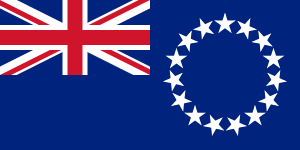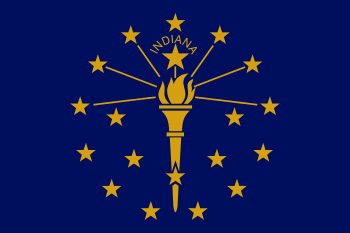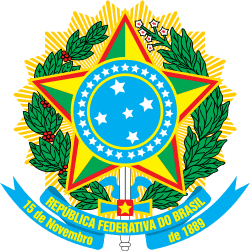Circle of stars
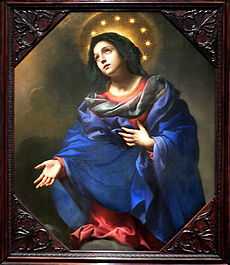
A circle of stars often represents unity, solidarity and harmony in flags,[1] seals[2] and signs, and is also seen in iconographic motifs related to the Woman of the Apocalypse as well as in Baroque allegoric art that sometimes depicts the Crown of Immortality.
Woman of the Apocalypse

The New Testament's Book of Revelation (12:1, 2 & 5) describes the Woman of the Apocalypse: And there appeared a great wonder in heaven; a woman clothed with the sun, and the moon under her feet, and upon her head a crown of twelve stars. And she being with child cried, travailing in birth .... And she brought forth a man child, who was to rule all nations with a rod of iron:and her child was caught up unto God, and to his throne[3] In Catholic tradition she has been identified with the Blessed Virgin Mary, especially in connection with the Immaculate Conception. Mary is often pictured with a crown[4] or halo of stars.
The doctrine of the Immaculate Conception was somewhat controversial in the medieval church, and the liturgical Office for the feast was only established in 1615. In 1649, Francisco Pacheco (father-in-law of Velázquez) published his Art of Painting firmly establishing the detailed correct iconography for paintings of the Virgin of the Immaculate Conception, which included the circle of stars (he also advised the inquisition in Seville on artistic matters). This was followed by Murillo and his school in very many paintings, and influenced non-Spanish depictions.[5][6]
European Union
The European flag consists of 12 golden stars in a circle on a blue background. The stars symbolise the ideals of unity, solidarity and harmony among the peoples of Europe.[7] The number of stars has nothing to do with the number of member countries, though the circle is a symbol of unity.[8] The European flag is the symbol not only of the European Union but also of Europe's unity and identity in a wider sense.[9]
It has been suggested that the motif was chosen, deliberately or subconsciously, as a representation of, or reference to, Mary, something which could be potentially offensive to the significant Protestant, Muslim, atheist, and Jewish populations of the EU.[10] However, the European Union rejects these theories,[11] pointing out that many other flags show similar circles of stars. Most notably the canton of the famous "Betsy Ross" flag of the early United States bears a remarkable resemblance to the EU flag.[12]
Arsène Heitz, one of the flag designers, when asked by a Catholic magazine, did acknowledge that the Book of Revelation's twelve-star halo of the Virgin Mary did help to inspire him,[13] however he did not claim that the finished design held religious meaning.
The history of the flag goes back to 1955. The Council of Europe - defending human rights and promoting European culture – adopted the present design for its own use.
Over the following years the Council of Europe encouraged the emerging European institutions to adopt the flag as well.
In 1983, the European Parliament adopted the flag. In 1985, it was adopted by all EU leaders as the official emblem of the European Union (called the European Communities at the time). All European institutions now use an emblem of their own.[14]
Zodiac

The Zodiac is an ancient circle of stars[15] were some stars are symbolically combined into 12 Star signs also known as constellations. The etymology of the term Zodiac comes from the Latin zōdiacus, from the Greek ζῳδιακός [κύκλος], meaning "[circle] of animals", derived from ζῴδιον, the diminutive of ζῷον "animal".
Crown of Immortality
The Crown of Immortality is a separate and earlier motif (and metaphor) which also uses a circle of stars. It has been widely used since the Early Church as a metaphor for the reward awaiting martyrs, but they are not depicted in art wearing a circle of stars. In art the use is mainly in Baroque allegorical compositions, and those with Ariadne.
Art Gallery
Religious
-
A star circle halo is found on a ceiling fresco in an Annunciation Church located in Fuchstal, a Municipality of the Bavarian district of Landsberg, Germany.
-
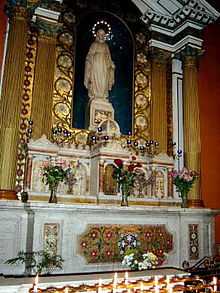
Blessed Virgin Mary in St Mary's Pro-Cathedral, Dublin (Primate of Ireland) with a star circle halo.
-

Virgin Mary with a crown of stars at a Catholic Mariavite Church, La Salette, Grenoble(France).
-
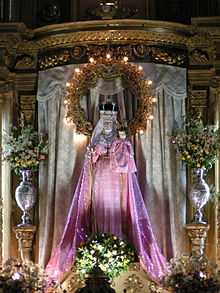
Blessed Virgin Mary also known as Lady of Good Success in Quito, Ecuador
-

Crown of Immortality, held by the Allegoric figure Eterna (Eternity) on the Swedish House of Knights Fresco by David Klocker Ehrenstrahl
-

"Our Lady the Garden Enclosed", statue of Our Lady of Sorrows in the hermitage church of Warfhuizen.
Non religious
Flags
-

The Flag of Europe with circle of stars representing European unity
-
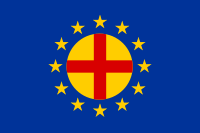
Flag of the International Paneuropean Union (the stars were added after the creation of the Flag of Europe)
-
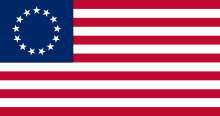
The first American flag (Also known as: Betsy Ross flag)
-
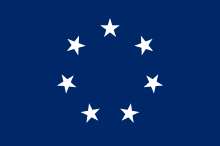
CSN Jack, 1861-1863
-
.svg.png)
Flags of the Confederate States of America, 1861-1863
-
.svg.png)
Flag of Myanmar, Burma, 1974-2010
-

United States Yacht Ensign
-
.svg.png)
Flag of Louisiana (January 1861, unofficial)
Seals
-

The FBI Seal where the circle of stars represent unity of 13 original states.
-

Seal of United States Air Force
External links
- Entry Iconography in the dictionary of The History of Ideas
- Catholic Encyclopedia article on Iconography
- Iconography of Deities and Demons in the Biblical World (Project of the Swiss National Science Foundation at the Universities of Zurich and Fribourg
References
- ↑ "History of the European Union flag".
- ↑ "FBI Heraldic Circle of Stars".
- ↑ "New Testament Revelation 12:1, & 5".
- ↑ "The Revelation of St John".
- ↑ "Circle of stars Detailed analysis" (PDF). www.coleccionbbva.com. Retrieved 2014.
- ↑ "What do the 12 stars". www.eduqna.com. Retrieved 2014.
- ↑
- ↑
- ↑
- ↑ EUROPA - The EU at a glance - The symbols of the European Union - The European Flag
- ↑ European Union: Myths on the flag
- ↑ "he Flag of European Union and Mary's Crown of Stars". www.mother-god.com. Retrieved 2014.
- ↑ "Real politics, at last". The Economist. 2004-10-28. Retrieved 2011-08-14.
- ↑
- ↑ Jeffrey Armstrong | A Western Master of Eastern Wisdom


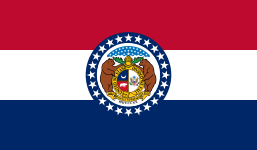
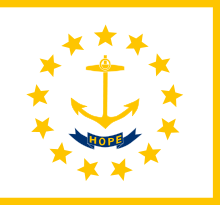
.svg.png)

